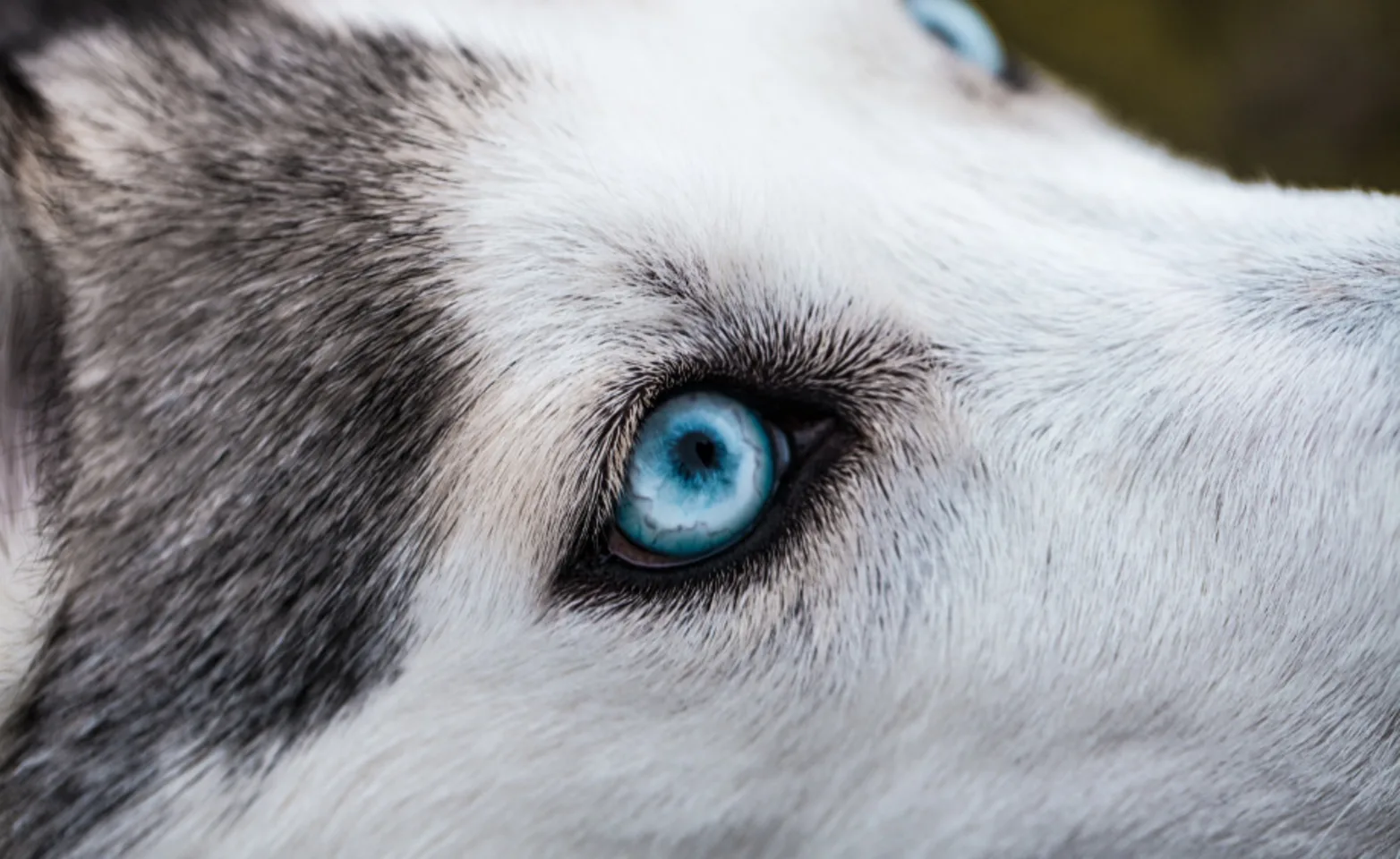North Alabama Veterinary Emergency & Specialty

Ophthalmology

Veterinary Ophthalmologist in Madison, AL
Our pets deeply rely on their senses to explore and enjoy their world, so it’s critical that they have optimal vision. A number of diseases or injuries may affect your pet’s eye health, visual status, and ocular comfort. While your family veterinarian can diagnose and treat many routine eye conditions, certain diseases and injuries require the advanced care of a doctor who has had specialized, intensive training in veterinary ophthalmology in order to provide the very best outcome. An ophthalmologist specializes in the diagnosis and treatment of conditions involving the eyes and associated structures and offers both surgical and medical (non-surgical) methods of treatment and care.
Dr. Alexandra Ng is dedicated to delivering the highest quality patient and client care. At North Alabama Veterinary Emergency & Specialty, you will find a friendly, experienced staff, utilizing state-of-the-art equipment to ensure your pet receives the best treatment available in North Alabama and the Tennessee Valley.
Ophthalmology Services
Comprehensive Eye Examinations
Eye Surgery including:
Corneal Surgery
Eyelid Surgery
Cataract Surgery
Lens Instability Surgery
Eyes Surgery including (continued):
Glaucoma Surgery
Laser Retinopexy
Third Eyelid Surgery (Cherry Eye)
End Stage Surgery (Eye Enucleation)
Electroretinography (to assess retinal function)
Gonioscopy (to test the risk of glaucoma)
Ocular Ultrasonography
Cytology & Biopsy
Our Team

What to Expect at Your Pet’s Eye Exam
We conduct a thorough eye examination to accurately diagnose and treat your pet’s eye condition. A routine eye examination includes the following:
Internal and external examination of the eye using a slit-lamp biomicroscope – Assesses overall eye health
Visual testing including menace response, pupillary light reflexes (PLR) and dazzle reflex
Measurement of intraocular pressure (IOP) – Diagnoses glaucoma
Dilation of the pupils – Reveals cataracts and retinal problems, such as damaged blood vessels that can be associated with diabetes, high blood pressure, and other systemic diseases. Typically, dilation will take approximately 10 to 20 minutes to complete. Pupils remain dilated for a few hours.
Binocular indirect ophthalmoscopy – Examines the back part of the eye (choroid, retina, and optic nerve)
Schirmer tear test (STT) – Measures the eye’s tear production
Fluorescein corneal stain – Reveals corneal lesions and ulceration
Common Eye Problems and Treatments:
Cataracts
A cataract is when the lens of the eye becomes opaque, affecting the patient’s vision, and can ultimately lead to blindness. Surgical removal of cataracts is necessary to treat a cataract and has a high success rate. After surgery, most families will see their pet return to normal activity.
Corneal Grafts
When damage or disease has injured the cornea to the point of vision loss or blindness, corneal grafting is performed. During surgery, the damaged cornea is removed and replaced with a donor cornea. This surgery is highly successful and can restore vision for many otherwise visually impaired patients.
Entropion
Entropion is when the eyelid rolls inward, causing irritation and inflammation of the eye. Surgical repair of entropion involves removing the extra skin around the eyes, which allows normal alignment of the eyelid.
Eyelid Mass Removal
Eyelid masses are a common problem for many patients, but the removal of these masses can be difficult due to the limited tissue surrounding the eye. Masses can be removed using surgical excision or cryosurgery (freezing of the tissue). In certain cases, skin grafting may also be required in order to close the incision or allow for normal eyelid movement post-operatively.
Dry Eye (Keratoconjunctivitis Sicca)
This is a disorder created by lack of adequate tear production and can cause ocular discharge, conjunctivitis, corneal ulcers, and even blindness. The most common causes of dry eye are immune-mediated disorders that affect the tear gland, injury of the tear gland itself, or injury of the nerves in the face and/or middle ear.
Boxer Ulcers (Grid Keratotomy or Diamond Burr debridement for non-healing ulcers)
Indolent, or non-healing ulcers form when the cornea is scratched and the body is unable to heal the affected area properly. These ulcers are most commonly found in older dogs and Boxers, thus the nickname “Boxer ulcer.” Grid keratotomy and diamond burr debridement stimulate the surrounding healthy corneal tissue to promote healing. These procedures do not require general anesthesia. Though these procedures may need to be repeated, most non-healing ulcers will resolve with this therapy.
Cherry Eye (Prolapsed gland of the nictitans)
When the tear gland of your dog’s third eyelid elevates out of place, it appears as a reddish mass in the corner of the eye, called “cherry eye.” This condition damages the gland and, if left untreated, can affect tear production and create corneal inflammation. “Cherry eye” is often a breed-related condition, and typically surgical repair is necessary.

